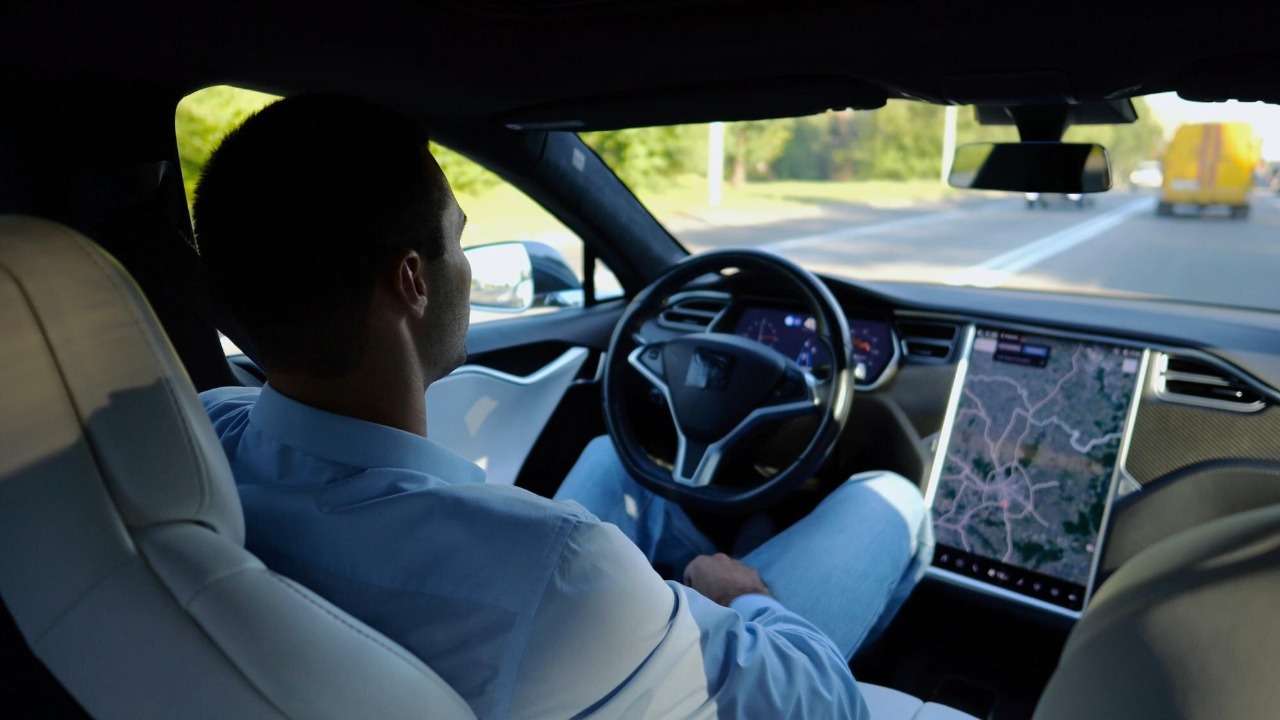
The race towards autonomous driving is back in full swing, with Tesla’s revival of its ‘Mad Max’ mode in the Full Self-Driving software and Nvidia’s accelerating contributions to self-driving technologies. However, the road to widespread adoption of these vehicles is fraught with challenges, as the industry grapples with technical and safety hurdles.
Tesla’s Aggressive Full Self-Driving Updates
Tesla has made a bold move in the autonomous vehicle race by reviving its controversial ‘Mad Max’ mode in the Full Self-Driving software. This mode, reintroduced on October 16, 2025, allows the system to ignore speed limits, pushing the boundaries of what autonomous vehicles can do. This move is a clear indication of Tesla’s aggressive approach to advancing self-driving capabilities, as it seeks to lead the pack in this competitive field.
Further details about the ‘Mad Max’ mode were provided on October 27, 2025, reinforcing Tesla’s commitment to pushing the limits of autonomous driving. This development underscores the company’s competitive edge in the self-driving race, as it continues to challenge traditional limits and expectations.
Nvidia’s Role in Reviving the Autonomous Race
While Tesla is making waves with its software updates, Nvidia is also playing a significant role in reviving the autonomous race. In a recent podcast feature dated October 31, 2025, Nvidia’s contributions to autonomous self-driving vehicles were explored, with a particular emphasis on hardware and software advancements. Nvidia’s involvement in this field is a clear indication of the renewed industry momentum towards autonomous driving.
Persistent Challenges in Self-Driving Reliability
Despite the exciting advancements in self-driving technologies, there are still significant challenges to overcome. A report from June 26, 2025, outlines the difficulties in making a reliable self-driving car, covering technical and safety hurdles. These challenges underscore the complexity of autonomous driving and the need for ongoing innovation and refinement in this field.
Timeline Projections for Autonomous Vehicles
As the self-driving race heats up, questions about when autonomous vehicles and self-driving cars will hit the road are becoming increasingly pertinent. A World Economic Forum story from May 30, 2025, addresses these questions, discussing potential rollout dates and barriers. The timeline for widespread adoption of these vehicles remains uncertain, highlighting the ongoing challenges and complexities in this field.
Industry Momentum and Competitive Landscape
The self-driving race is fully back on, with major players like Tesla and Nvidia leading the charge. The revival of Tesla’s ‘Mad Max’ mode, as reported on October 16 and further detailed on October 27, 2025, underscores the company’s competitive edge and its determination to push the boundaries of autonomous driving.
Broader Implications for Road Adoption
The implications of widespread adoption of self-driving cars are far-reaching. Insights from the World Economic Forum on May 30, 2025, project future technology integration for self-driving cars. However, as Bloomberg’s analysis from June 26, 2025, highlights, reliability remains a core obstacle to mainstream deployment. As the industry continues to innovate and overcome these hurdles, the future of autonomous driving looks promising, but the road ahead is still long and challenging.
More from MorningOverview